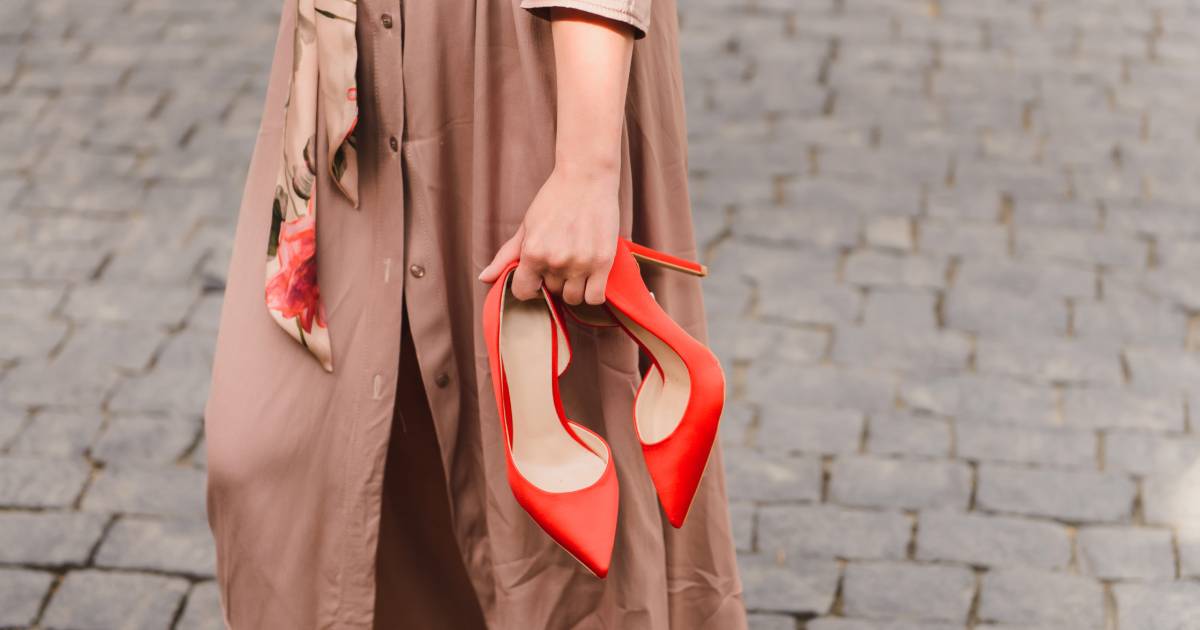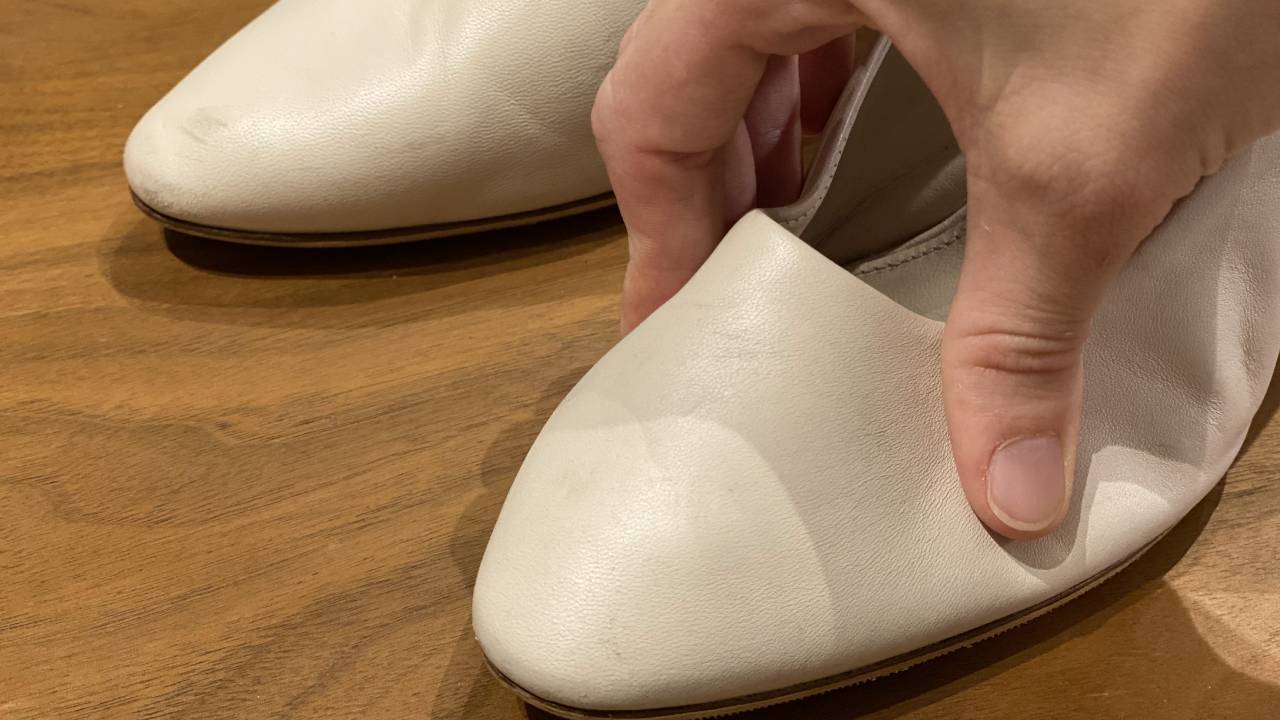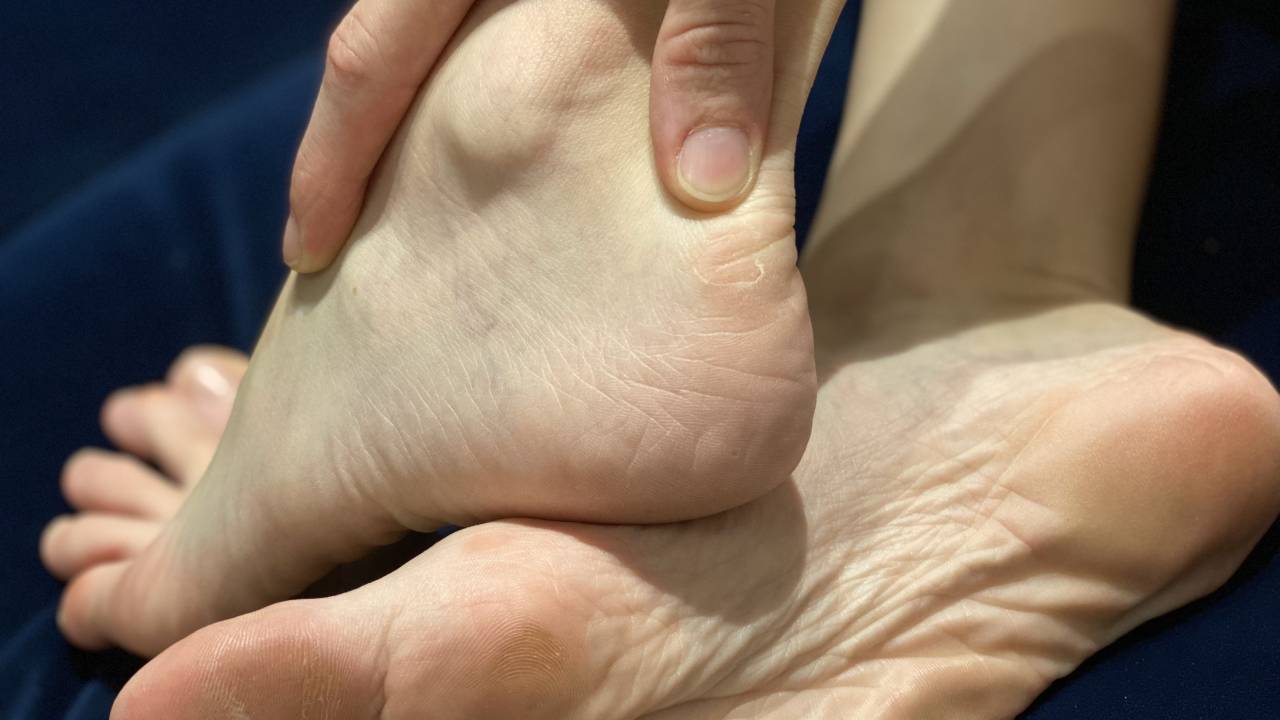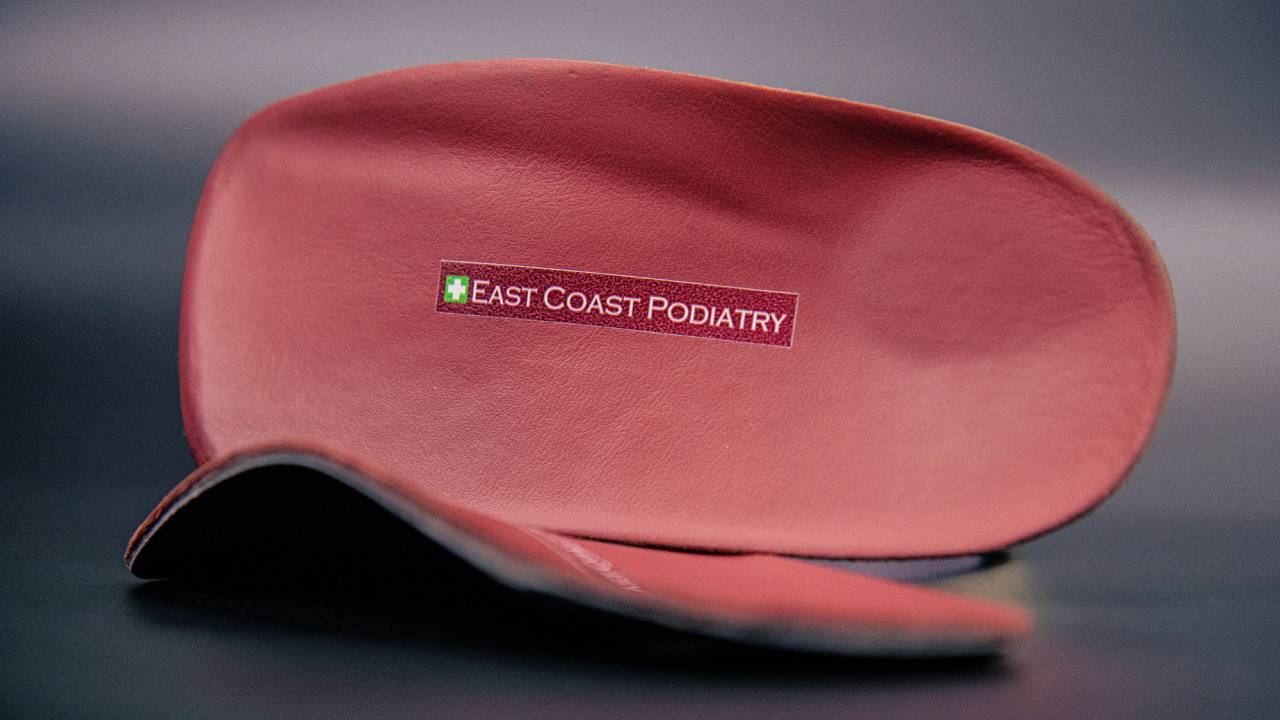
High heels are a staple not only in the workplace but for daily wear as well. Many women love wearing high heels because they accentuate the calves and lend an air of confidence to the way they move and present themselves. However, how powerful can one feel if they are also struggling to walk at the same time?
High heels increase pressure on the balls of the feet and force the body out of its natural alignment into an artificial posture. This can be uncomfortable if they are worn for a prolonged period, especially if you’ve chosen the wrong type of heels or your foot and body type, resulting in long-term damage. Here is how you can maximise your high-heel-wearing experience while minimising the drawbacks.
What Makes a Good Pair of Heels
Material
Prioritise heels made with soft leather or mesh that is stretchable and breathable. Your feet generally swell during the day or after a period of walking, and softer materials allow for greater expansion of the forefoot without compressing the soft tissues. This will minimise the likelihood of tingling, numbness, and burning sensations when worn.
Location of seams
Seams that run along places where the joints meet can be constricting and cause pain, especially for individuals with bunions or other foot conditions that restrict movement. Take care to check for heels with seams away from the joints to allow for less pressure and added flexibility.
Wide forefoot shape
Avoid narrow or pointy-toed shoes, as the toe box is too small for the shape of the foot and will pinch the toes together to fit the small space. This can be painful and can cause long-term problems like bunions or hammertoes where the toes overlap. Square or rounded-toe shoes offer more room space so your toes can fan out comfortably to support you during movement.
Wide heel width
Chunky heels offer the most comfort and support, and are less prone to snapping as opposed to skinny stiletto heels. The larger surface area makes them ideal for the equal distribution of body weight, especially for individuals who are prone to ankle sprains or have trouble balancing. Good examples include wedges and platforms.
Room is needed
Your feet tend to swell in the day or a period after shoe wearing. Ensure that there is enough room to accommodate them comfortably, and the heel should not be tight but fit snuggly to your foot. This will also allow space for inserts or orthotics to be added for a more comfortable wearing experience.
Height isn’t everything
The recommended height for a pair of high heels is 2 to 3 inches. Anything over this range can compromise stability as the amount of pressure placed on the ball of the foot increases with height. A lower heel height drastically reduces the risk of ankle sprains and injuries from falling.
Maximising Comfort
Break them in

Walk around the house in your heels with a pair of thick socks on to stretch them out and acclimatise your feet. Check for any problem spots that cause pain or are uncomfortable, and place moleskin on such areas to prevent rubbing. Be sure to adequately bend, flex, and soften the stiff material around the shoe to reduce hardness around the heel.
Take note that stretching for tight shoes can help to make a shoe more comfortable, but stretching a shoe that is too small does not help your foot in any way. Shoes should fit comfortably in the store before making a purchase
Toe-taping
Some patients try relieving and redistributing pressure from the ball of the foot by taping the third and the fourth toes together redistributes pressure from the ball of the foot. This also relieves pressure on the neuroma, the nerve that splits between those two toes, and leads to noticeably lesser pain when wearing heels.
Traction
Sandpaper the bottom of your soles to prevent slipping or attach slip-resistant pads that will prevent the soles from wearing out. A permanent non-slip sole attached to the outside of the shoe will increase the life span of your shoes as well.
Take a break

Avoid wearing the same pair of heels for more than 2 days in a row and try to limit each occasion to just 3 hours at a time. It is also not recommended to wear heels for events that require long periods of standing. If high heels must be worn at work, keep a pair in the office and wear flats during the commute to minimise the amount of walking required.
Take frequent breaks to sit down and make sure to stretch your feet, calves, and back thoroughly.
Inserts

Gel, padded inserts, or heel supports can provide added cushioning and minimise the impact on the arches and balls of the feet. Especially for feet that need extra support under the arches, wearing an orthotic device in the shoe will redistribute pressure across the foot and increase comfort.
Functional foot orthotics are podiatric prescription devices that come with a professional diagnosis and can be customised to fit into a pair of dress shoes. They are designed to offer the optimum amount of support and correction for your specific conditions while being comfortable at the same time.
If you’re ready to start your journey of comfort in high heels or if you’ve been experiencing any pain, come down to East Coast Podiatry for a gait assessment and get fitted for your pair of custom orthotics today.




